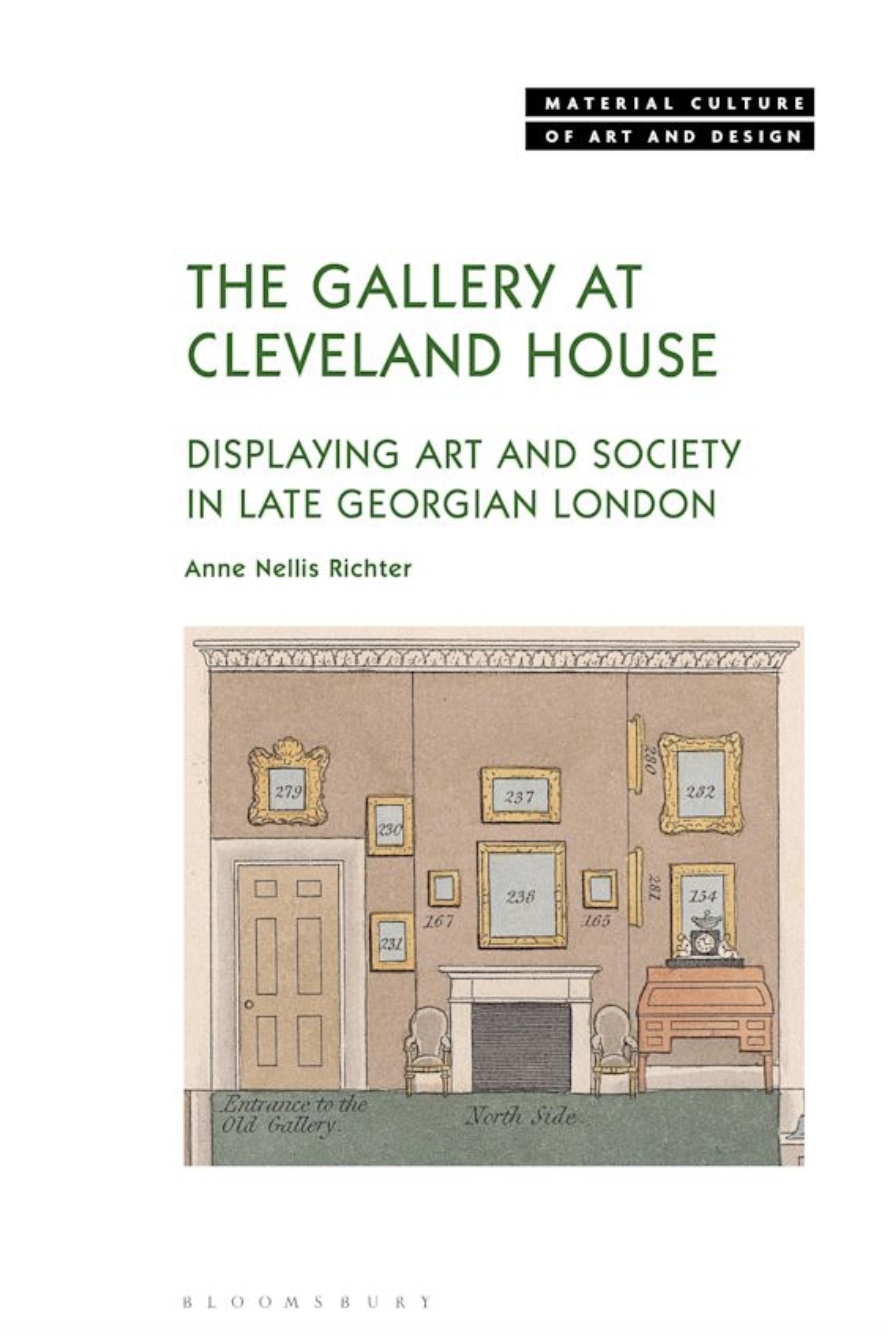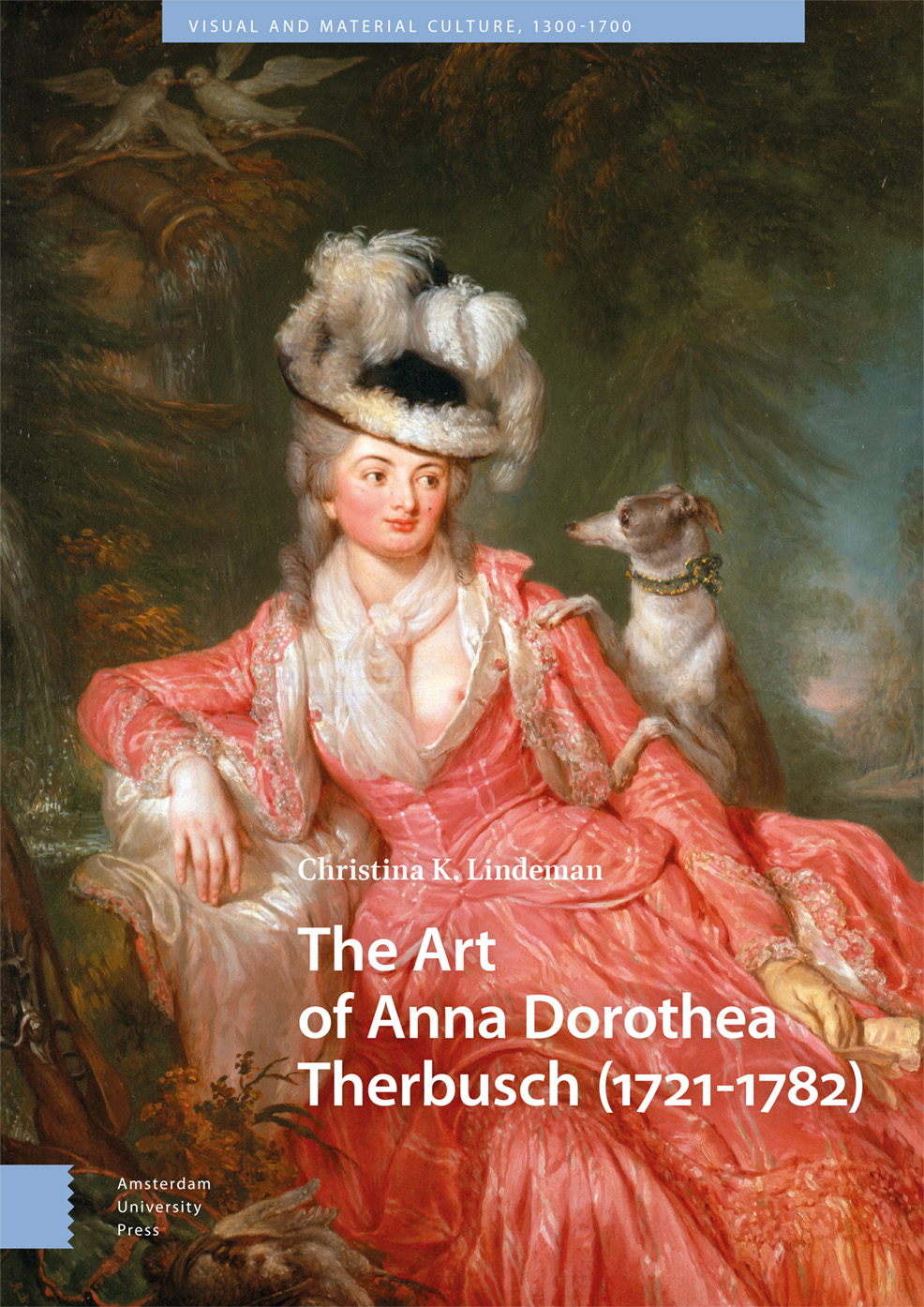September 2012 Issue of ‘The Art Bulletin’
In the current issue of The Art Bulletin, the “Notes from the Field” feature addresses the theme of contingency. Making a strong case for the proposition that it is possible to say something worthwhile in less than two pages, many of the essays are insightful and stimulating. The following two particularly address the eighteenth century. -CH
Gloria Kury, “On Contingency,” The Art Bulletin 94 (September 2012): 352-54.
Invoking Charles Le Brun, Emma and William Hamilton (“the first spell-binding teacher of art history was . . . a husband-wife duo”), and Dr. James Graham (famous for his sexual prescriptions involving the Celestial Bed at his Temple of Health and Hymen), Kury urges “scholars to start giving due heed to the significance of the spellbinding lecturer and / or master of the slide show, from the Hamiltons through Leo Steinberg and T. J. Clark, in the establishment and vitality of their discipline” . . . (354).
Mark Ledbury, “On Contingency,” The Art Bulletin 94 (September 2012): 354-55.
Addressing the “brilliant, but infuriating essay,” Charles Baudelaire’s “The Painter of Modern Life,” Ledbury draws readers’ attention to the critic’s coupling of “the contingent” with “the other half of art . . . the eternal and the immovable,” arguing that, in fact, modernity “has no monopoly over the contingent: wherever specialists look, the eternal and the immutable are thin on the ground” (354). Turning his attention then to eighteenth-century France (with reference to Richard Rorty’s Contingency, Irony, and Solidarity), Ledbury contends “that compelling history is always aware of the gravitational forces of contingency tugging it from its lofty heights. . . . Certainly, in my own scholarship, to even begin to chart the fortunes of the Neoclassical generation is to appreciate both the force and unpredictability of contingency in the making of lives, works, and careers” . . . (355).



















leave a comment